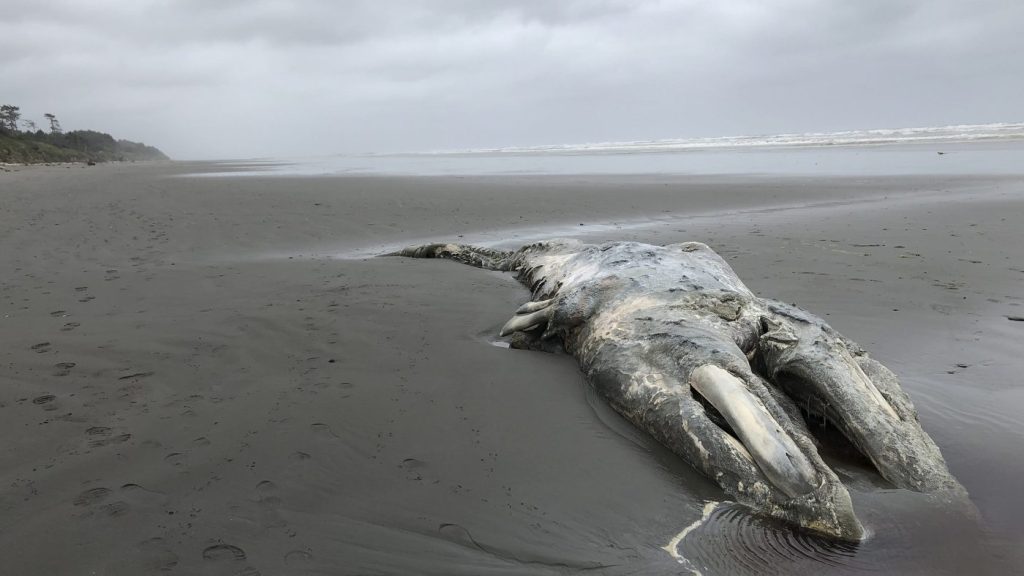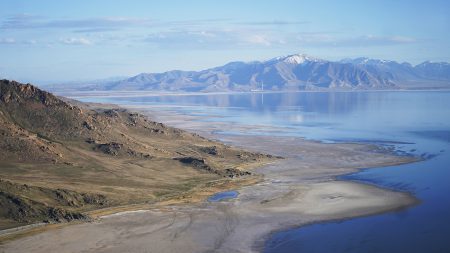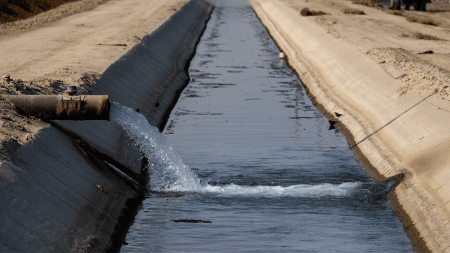A nearly five-year period of unusual high numbers of gray whale deaths along the West Coast has been declared finished by federal researchers.
During the period, from Dec. 17, 2018 to Nov. 9, 2023, roughly 690 gray whales passed away due to strandings, with peak incidents occurring from December 2018 to December 2020, according to the Fisheries branch of the National Oceanic and Atmospheric Administration (NOAA).
Around 347 whales died along U.S. shores, while 316 perished in Mexico and 27 in Canada, as per NOAA Fisheries.
Throughout the period, scientists estimated that the eastern North Pacific gray whale population underwent a approximately 40 percent drop.
The strandings were linked to changes in the animal’s Subarctic and Arctic feeding areas, resulting in increased malnutrition, reduced birth rates, and higher mortality, as outlined by the agency.
“We are aware of the population's ability to recover from challenges in the past,” said Deborah Fauquier, veterinary medical officer for the NOAA Fisheries Marine Mammal Health and Stranding Response Program. a statement.
“We will be observing the whales' recovery closely,” added Fauquier, who also led the 2019-2023 Gray Whale Unusual Mortality Event.
The decline in population over the last five years shares some similarities with a shorter event that affected the species from about 1999 to 2000, according to NOAA Fisheries. After that episode, gray whale numbers eventually rebounded even higher than their previous levels.
During the period, federal researchers observed that the eastern North Pacific gray whale population decreased from 20,500 whales in 2019 to 14,526 in 2023. Calf production also decreased from about 950 calves in 2019 to approximately 217 in 2022, but then rose again to 412 in 2023.
Examinations of a subset of the stranded whales revealed malnutrition as the common cause of death, with no underlying illnesses, according to the scientists.
Among the particular dietary challenges were limited access to and reduced quality of prey, particularly in the northern Bering and Chukchi seas, as detailed in the findings. These circumstances led to an increase in deaths during the annual northward migration of the whales from Mexico to Alaska, according to the researchers.









